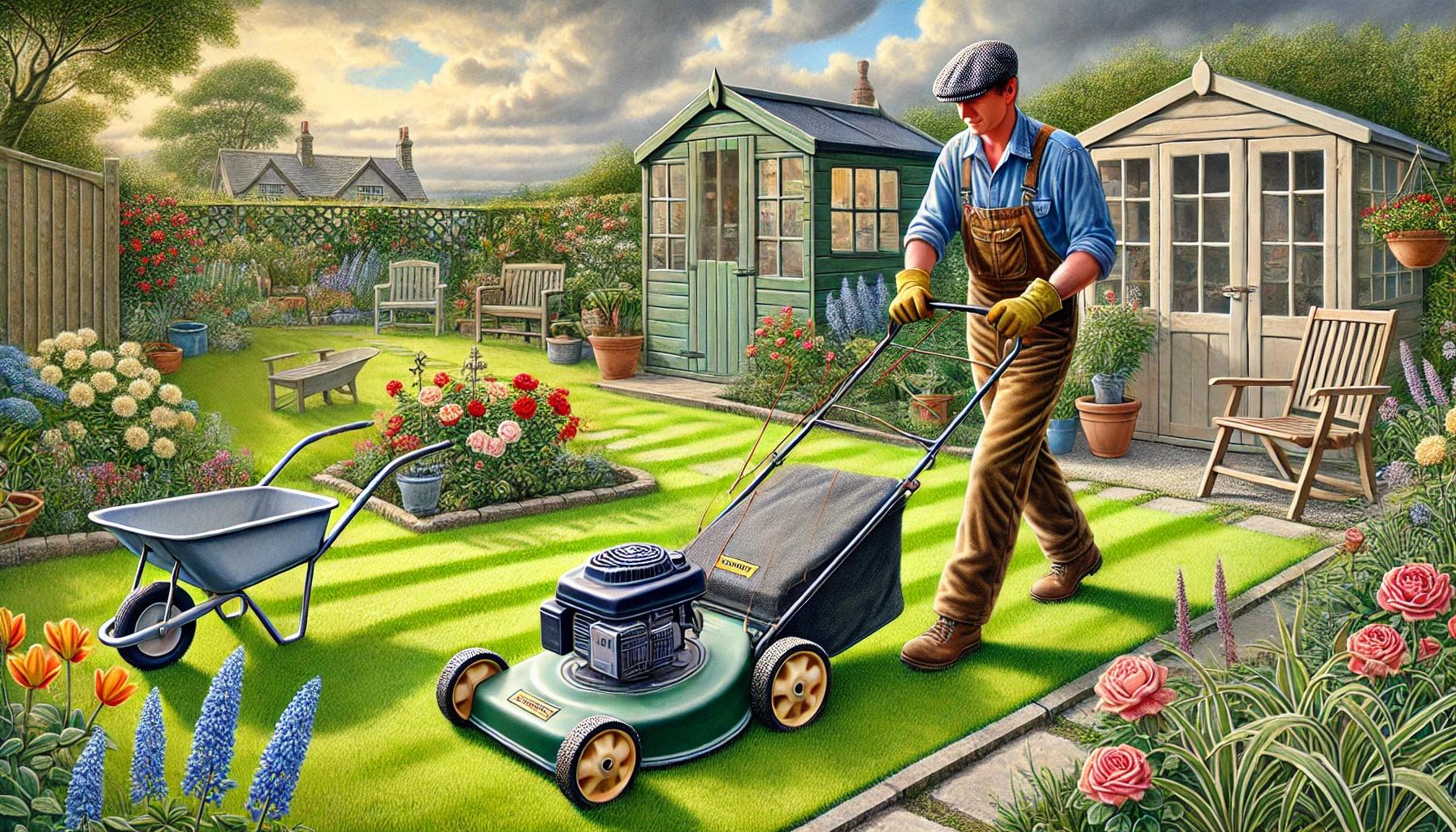When to Trim a Yew Hedge:
- Although many gardeners trim their yew hedge in late July or August for appearance, the best time to cut a yew hedge is during late winter or early spring, typically from late February to early March in the UK. This period is ideal because it allows the hedge to recover and put on new growth before the growing season starts. Avoid trimming during frosty or extremely cold conditions.
When to Prune a Yew Hedge:
- Pruning and trimming are essentially the same when it comes to yew hedges. You should prune or trim a yew hedge during late winter or early spring for major shaping and maintenance. Light maintenance pruning can be done throughout the growing season as needed to keep the hedge tidy.
How to Look After a Yew Hedge:
- Here are some key steps to look after a yew hedge:
- Planting: Choose a well-drained location with partial to full sun. Space the plants appropriately and prepare the soil with organic matter.
- Watering: Water newly planted yew hedges regularly during the first year. Established yew hedges are drought-tolerant but benefit from occasional watering during dry spells.
- Mulching: Apply organic mulch around the base of the hedge to retain moisture and suppress weeds.
- Pruning: Trim the hedge during late winter or early spring to maintain its shape. Light maintenance pruning can be done throughout the growing season.
- Fertilizing: Apply a balanced slow-release fertilizer in early spring, but avoid over-fertilization.
- Pest and Disease Control: Monitor for pests like scale insects or aphids and treat infestations promptly. Yew hedges are generally resistant to most pests and diseases.
- Winter Protection: In severe winters, tie branches together to prevent snow damage.
- Regular Inspection: Periodically inspect for pests, diseases, or other issues and take action as needed.
Are Yew Hedges Poisonous:
- Yes, the foliage, seeds, and bark of the yew tree (Taxus baccata) are highly toxic to humans and many animals. Ingesting any part of the yew plant can be fatal. Exercise caution and keep children and pets away from yew hedges. If you have concerns about safety, consider planting an alternative non-toxic hedge or using barriers to prevent access to the yew hedge.
It’s important to follow these guidelines to ensure the health and safety of your yew hedge and the people and animals around it.



